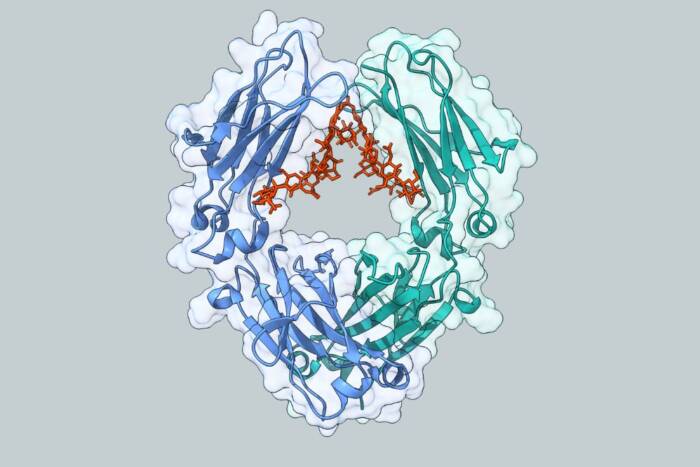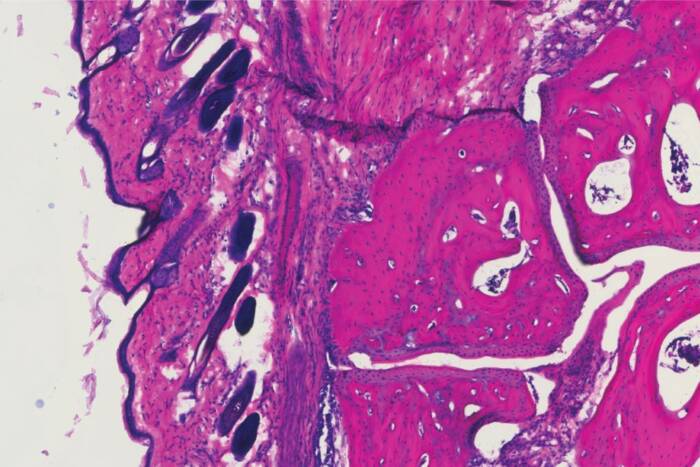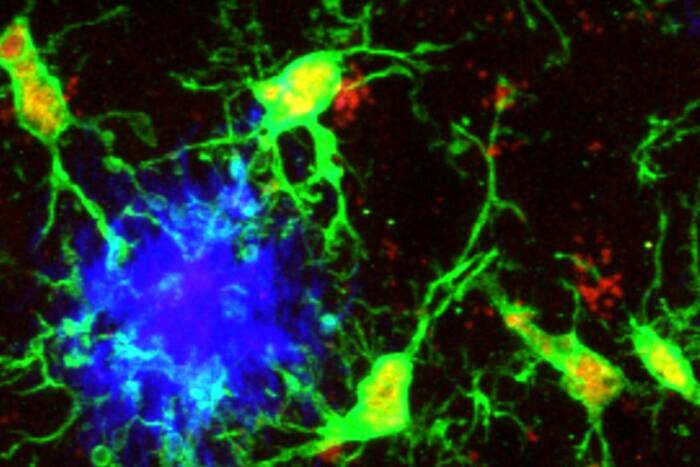Rockefeller researchers identify how protein linked to cancer correct cells when they divide
A protein, which has been linked to tumor formation when it is overproduced, in normal amounts actually helps correct errors during cell division that can lead to cancer and other diseases, according to new research by scientists at Rockefeller University in the March issue of Nature Cell Biology.
The findings show that the protein, an enzyme called Aurora kinase, helps to prevent the abnormal segregation of chromosomes that can occur when a cell divides into two. The researchers, led by Tarun Kapoor, Ph.D., assistant professor and head of the Laboratory of Chemistry and Cell Biology at Rockefeller, identified Aurora kinase’s role when they switched the protein on and off in living cells by using small organic molecules and observing how the cells responded.
“Activating kinases has generally not been possible experimentally because once you turn a protein off you can’t turn it back on,” says first author Michael Lampson, Ph.D., a postdoctoral researcher in the Laboratory of Chemistry and Cell Biology at Rockefeller. “These experiments demonstrate how activation and deactivation of protein function, through chemical genetics, can be a valuable approach to understanding cellular mechanisms.”
“Aurora kinases are now being validated as targets for drugs that may eventually be used to treat cancer,” adds Kapoor. “Our goal is to use these ‘drug-like’ molecules to learn about the basic mechanisms underlying cell division, and also to better understand, in as much detail as possible, the consequences of blocking aurora kinase function in vertebrate cells.”
When cells divide the parent cell must replicate and segregate — with exquisite precision — each of its 46 chromosomes so that two “daughter” cells inherit all of its genetic information. During normal cell division, each replicated chromosome pair attaches to a bipolar structure called the mitotic spindle, made up of protein polymers known as microtubules. For each replicated pair one sister chromosome attaches to one pole of the spindle, and the other sister attaches to the opposite pole. When the cell divides, sister chromosomes split up and are pulled in opposite directions so that each daughter cell receives exactly one copy of each replicated chromosome.
When errors in this process occur, the daughter cells don’t receive all their genes, leading to developmental defects and diseases such as cancer in the organism. One such error occurs when both sister chromosomes of a replicated pair attach to the same pole of the mitotic spindle in a dividing cell. The result is that both sister chromosomes are pulled in the same direction, leading to an extra copy of a chromosome in one daughter cell and a missing chromosome in the other daughter cell.
Lampson and his colleagues asked: How does the cell avoid making this mistake?
To find the answer, the Rockefeller scientists used small organic molecules to perturb the process of cell division. These inhibitors permeate the cell membrane and block the action of various proteins.
Scientists have known that without Aurora kinase, chromosomes become very prone to improper attachments in dividing cells. But its role in correcting these improper chromosome attachments was largely unknown. To understand the mechanism, Lampson and his colleagues used a small molecule called Aurora kinase inhibitor-1 (AKI-1), which was originally developed by the pharmaceutical company AstraZeneca as a potential cancer drug. AKI-1, as its name implies, inhibits Aurora kinase activity.
Scientists at the Research Institute of Molecular Pathology in Vienna had suggested that Aurora kinase activity would cause some of the incorrect attachments to break and lead to the formation of new, correct attachments. Lampson devised a strategy to test this hypothesis, by incubating cells with the Aurora kinase inhibitor to accumulate attachment errors, with sister chromosomes attached to the same pole of the bipolar spindle. The kinase could then be reactivated by simply removing the inhibitor. Using real-time, high-resolution microscopy, Lampson and his colleagues activated Aurora kinase and watched.
Within a few minutes, an unexpected result occurred.
“Once we washed out the Aurora kinase inhibitor, the microtubule fibers shortened, and the chromosomes moved directly to the pole,” says Lampson.
According to Lampson, Aurora kinase eliminates the microtubule fiber by causing it to disassemble. As it disassembles, it pulls the chromosomes into the pole, enabling them also to attach to a microtubule from the opposite pole. Once the chromosome has an attachment to both poles, it can become correctly aligned.
“It’s an unexpected mechanism,” says Lampson. “It shows how Aurora kinases are regulating the microtubules to correct errors.”
In addition to Lampson and Kapoor, co-authors of the research paper are Kishore Renduchitala at Rockefeller and Alexey Khodjakov at the Wadsworth Center, New York State Department of Health.
This research was supported by the National Institutes of Health. Lampson is a Goelet fellow.


